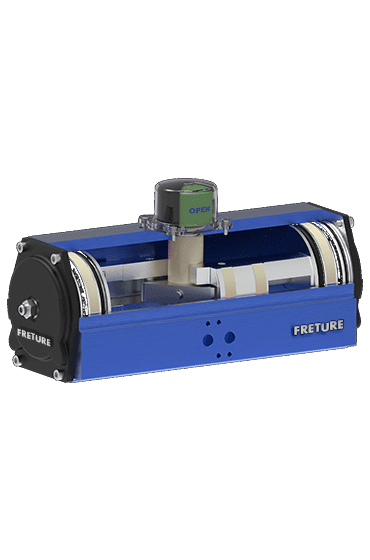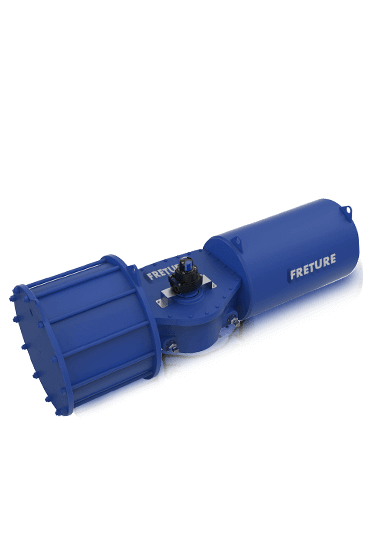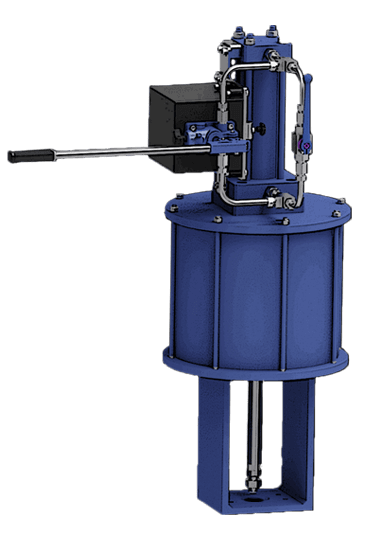In the intricate world of machinery and mechanical systems, the gearbox and manual override stand out as a dynamic duo that combines precision engineering with human intervention. The gearbox, a mechanical marvel, efficiently transforms and transmits power, while the manual override serves as a reliable fail-safe, allowing human control when the need arises. In this article, we unravel the symbiotic relationship between the gearbox and manual override, exploring their mechanics, applications, and the balance they bring to modern engineering.
Understanding the Gearbox
A gearbox, often referred to as a transmission, is a mechanical device that plays a pivotal role in transferring power from a motor or engine to an output device, such as wheels, propellers, or industrial machinery. It achieves this by varying the torque and rotational speed, thereby adapting the power source to the specific requirements of the application. Gearboxes consist of a set of gears with different sizes and ratios, which engage and disengage to control the output speed and torque.
The Multifaceted Applications of Gearboxes
Gearboxes find diverse applications across industries:
Automotive: In vehicles, gearboxes optimize engine power for different driving conditions, providing high torque for acceleration and lower torque for cruising.
Industrial Machinery: Gearboxes are vital in industrial settings, enabling efficient power transmission in conveyor systems, cranes, and manufacturing equipment.
Aerospace: Aircraft rely on gearboxes to adjust propeller speed, ensuring optimal engine efficiency and performance.
Wind Energy: Gearboxes are instrumental in wind turbines, converting low-speed, high-torque wind energy into higher-speed rotation for electricity generation.
Understanding Manual Override
While gearboxes excel at precision power transmission, manual override serves as a crucial safety feature that grants human operators the ability to manually control machinery, bypassing automated systems when necessary. This feature is often employed in scenarios where automated systems may fail or in situations requiring fine-tuned adjustments that automated controls cannot provide.
Manual overrides can be mechanical, hydraulic, or electronic, and they allow operators to intervene swiftly in emergencies or when unexpected conditions arise. This human intervention ensures that critical operations continue safely and effectively.
The Symbiosis: Balancing Efficiency and Control
The synergy between gearboxes and manual overrides exemplifies a harmonious blend of efficiency and control. While gearboxes optimize power transmission for optimal performance, manual overrides inject a human element, ensuring safety, adaptability, and the ability to respond to unforeseen circumstances.
In complex systems, such as industrial machinery or automated vehicles, manual overrides act as a safety net, empowering operators to take charge and make informed decisions. This symbiotic relationship provides a reassuring balance, combining the precision of technology with the wisdom of human judgment.
The gearbox and manual override represent a finely tuned partnership that embodies the essence of modern engineering - the pursuit of efficiency without sacrificing control. From propelling vehicles and industrial equipment to harnessing renewable energy and enabling aerospace advancements, this dynamic duo showcases the versatility and ingenuity of human innovation.
As we continue to push the boundaries of technological advancement, it is this delicate equilibrium between gearboxes and manual overrides that ensures the delicate dance of power transmission remains not only efficient but also responsive and safe. In a world of complex machinery and automation, this harmonious coexistence emphasizes the significance of striking the perfect balance between the mechanical and the human touch.



